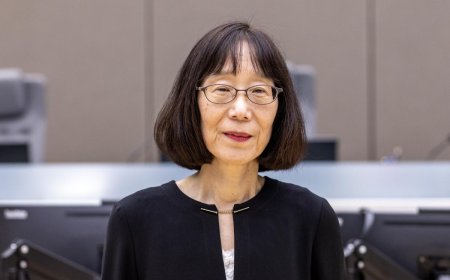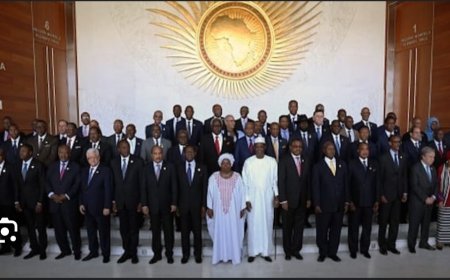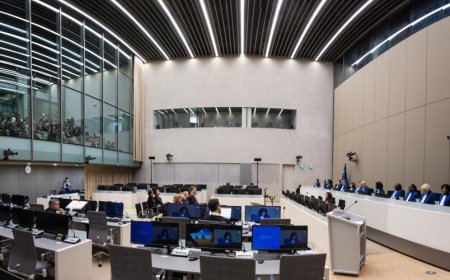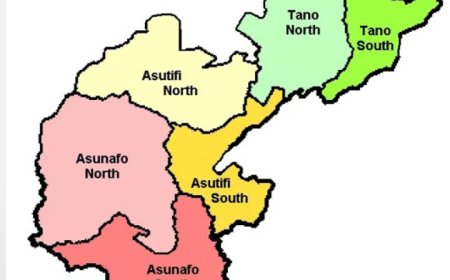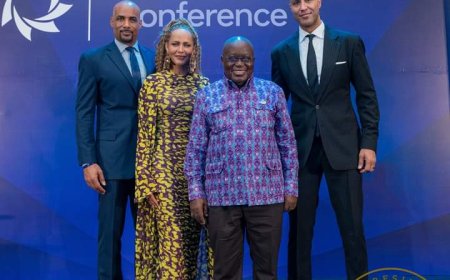CONFLICT - AN ESSENTIAL ASPECT IN DRAMA WRITING AND STAGING. IT KEEPS THE AUDIENCE ENGAGED.

By Mohammed Sa-ad Wunpini
Conflict is essential to drama writing and staging. It is what drives the plot forward and keeps the audience engaged.
There are three main types of conflict in drama:
1. Character vs character: This is the most common type of conflict, and it occurs when two or more characters have opposing goals or desires.
For example, in Ola Rotimi's play "The Gods Are Not to Blame," the character of Elesin Oba is in conflict with his son, Olunde, over the issue of Elesin's suicide.
Elesin believes that he must commit suicide in order to fulfill his obligations to his ancestors, but Olunde believes that suicide is wrong.
2. Character vs society: This type of conflict occurs when a character's individual desires or beliefs clash with the values of the society in which they live.
For example, in Rotimi's play "Oko Oloyun," the character of Moremi is in conflict with the Yoruba society of her time, which forbids women from participating in warfare.
Moremi disobeys this rule and leads the Yoruba army to victory against their enemies.
3. Character vs self: This type of conflict occurs when a character is struggling with their own inner demons or doubts.
For example, in Rotimi's play "The Dance of the Forest," the character of Ogunmola is in conflict with his own conscience over the decision to kill his own son.
Conflict can be used in drama writing and staging in a variety of ways. It can be used to create suspense, to explore complex themes, or to simply entertain the audience.
The way in which conflict is used will depend on the specific play and the playwright's goals.
In staging a play, conflict can be conveyed through a variety of means, such as dialogue, action, and blocking. The actors' performances can also be used to highlight the conflict in the play.
For example, in a scene where two characters are in conflict, the actors might use physical gestures or facial expressions to show their anger or frustration.
The relevance of conflict to drama writing and staging is clear. It is an essential element that helps to make drama engaging and meaningful. Without conflict, there would be no drama.
Here are some additional thoughts on the relevance of conflict to drama writing and staging:
Conflict can help to create a sense of suspense and excitement in a play. When the audience knows that there is a conflict that needs to be resolved, they are more likely to stay engaged with the story.
Conflict can help to explore complex themes and ideas.
By pitting characters against each other, playwrights can explore the different sides of an issue and force the audience to think critically about it.
Conflict can help to create memorable characters. When characters are faced with challenges and obstacles, they are forced to grow and change.
This can make them more relatable and sympathetic to the audience.
Overall, conflict is a powerful tool that can be used to great effect in drama writing and staging.
By understanding the different types of conflict and how they can be used, playwrights can create plays that are both entertaining and thought - provoking.
The writer is a graduate of Theatre Arts in Ghana.
What's Your Reaction?














